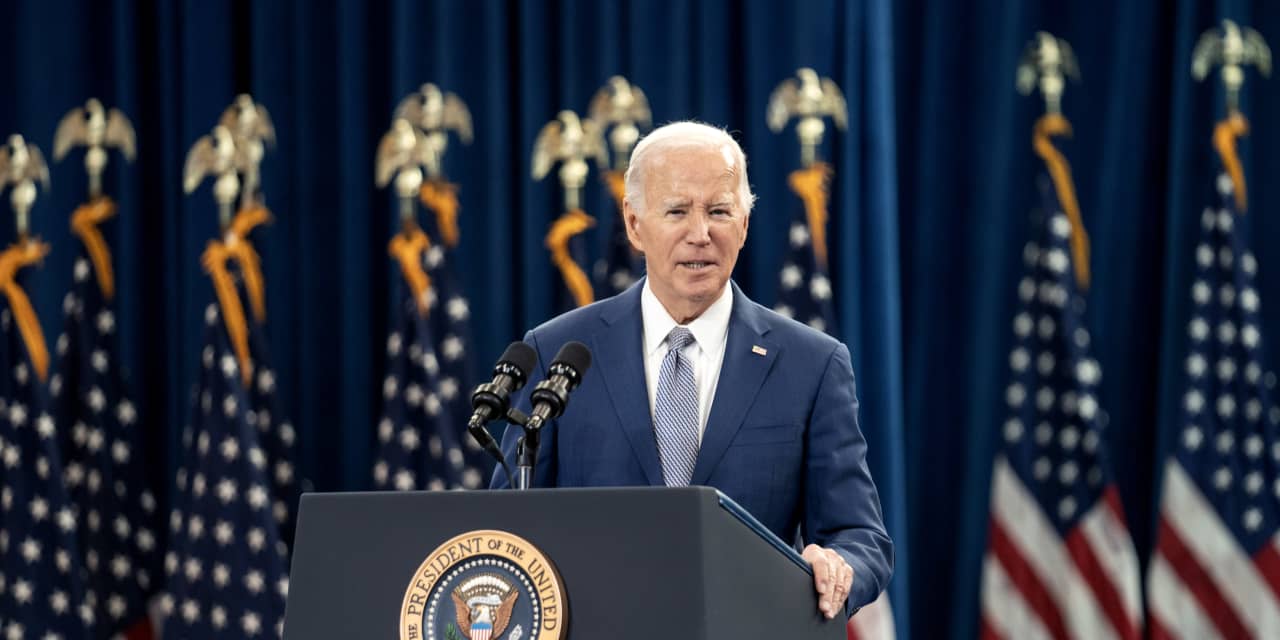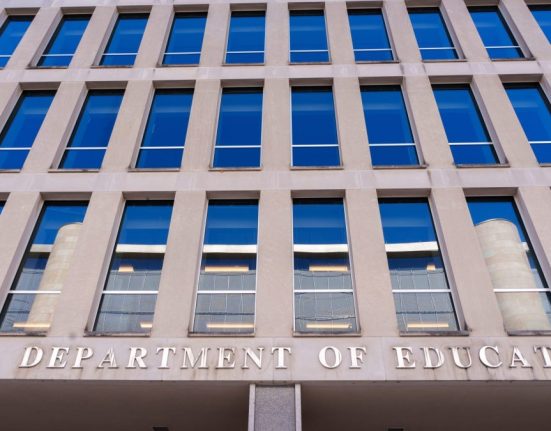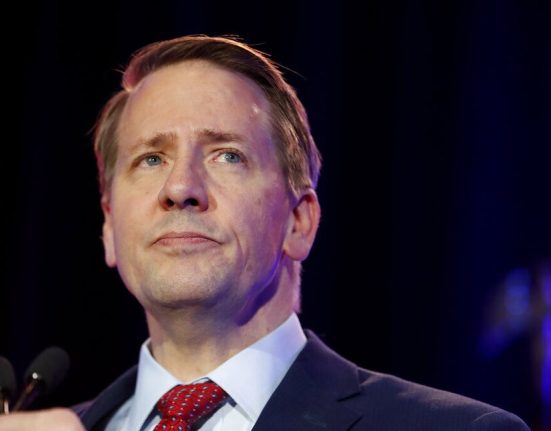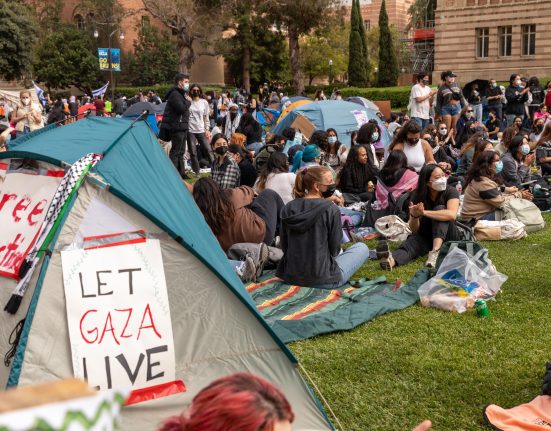President Joe Biden is forgiving another $5 billion in student debt, bringing the total loan forgiveness approved by the administration to $137 billion.
The relief came just one week after the last round of student debt cancellation for borrowers that took out less than $12,000 and have been in repayment for at least a decade.
More than 3.7 million Americans have seen their student debt canceled under Biden’s presidency, but this isn’t the end. In a Friday statement, the Biden administration said it is “moving full speed ahead” to deliver even greater debt relief.
Who will receive relief this round?
Nearly 74,000 student loan borrowers will see their debt canceled, including roughly 44,000 teachers, nurses, firefighters, and other public servants who have been paying student loans for more than 10 years.
Advertisement – Scroll to Continue
Another 30,000 low-income borrowers will also see their debt forgiven. That group has been repaying their student loans for more than 20 years, but didn’t get the promised relief due to administrative mismanagement.
“My administration is able to deliver relief to these borrowers—and millions more—because of fixes we made to broken student loan programs that were preventing borrowers from getting relief they were entitled to under the law,” Biden said in a statement Friday.
What else has Biden done about loans?
Advertisement – Scroll to Continue
Student-loan forgiveness has been a top initiative for Biden since the start of his presidency. The administration has wiped out billions of dollars in debt for eligible public service workers, disabled borrowers, and defrauded students—mostly through revisions to existing programs.
But those steps have their limitations. Most federal programs require payment for at least a decade before a borrower can be eligible for debt cancellation. That means many younger borrowers have been left out.
Last year, the Biden administration rolled out a blanket forgiveness plan that would have provided relief for $430 billion in student loans to 40 million Americans. But it was struck down by the Supreme Court in June, which ruled the government had overstepped its legal authorizations.
Advertisement – Scroll to Continue
What is next?
In the wake of the court ruling, the Biden administration has taken other steps to continue cutting student debt.
It launched the SAVE program, which calculates monthly payments based on a borrower’s income and family size and forgives the remaining balances after a certain number of years. The White House estimates over 20 million borrowers could benefit.
Advertisement – Scroll to Continue
The Education Department is also working on an alternative debt-relief plan slated to be much narrower in scope. But pressure has been mounting for the government to broaden the replacement plan with targeted relief for borrowers who are low income, of color, or have disabilities.
Bloomberg News reported that nearly 70 advocacy groups sent a letter to Education Secretary Miguel Cardona on Thursday, asking him to hold another meeting to address their concerns about the department’s draft proposal.
Why are student loans a problem?
Advertisement – Scroll to Continue
Student debt in the U.S. has increased by 66% over the past decade, totaling more than $1.77 trillion as of the second quarter of 2023, according to the Federal Reserve.
Many students left school with substantial debt, creating a financial burden that can last for years. The high monthly payments can strain budgets, making it hard to meet financial goals such as buying a home or saving for retirement.
Student loan debt disproportionately affects low-income households, racial minorities, and other disadvantaged groups. Fear of accruing significant debt can also deter students from pursuing higher education.
Why does it matter for Biden?
Biden’s support has been falling, and Black, Hispanic, and younger voters—those who will most benefit from student debt cancellation—will be crucial for him in the upcoming presidential election this year.
According to a Bloomberg News/Morning Consult poll in December, 43% of Gen Z voters think Biden isn’t doing enough to address the student loan crisis.
But it’s a tough task, especially because the president’s hands are now tied by the Supreme Court ruling last year.
Who opposes student debt relief?
Biden’s blanket student debt forgiveness plan has faced strong criticism. As national debt continues to pile up, the canceled loans could put additional financial burden on the government. Many believe the targeted relief for specific groups would be more efficient.
Opponents also argue blanket forgiveness isn’t fair to those who have already paid off their student loans or chose not to pursue higher education to avoid debt.
Most important, student loan forgiveness doesn’t address the root cause of the trillion-dollar problem—high college costs that don’t lead to matching levels of income for graduates.
Write to Evie Liu at evie.liu@barrons.com







